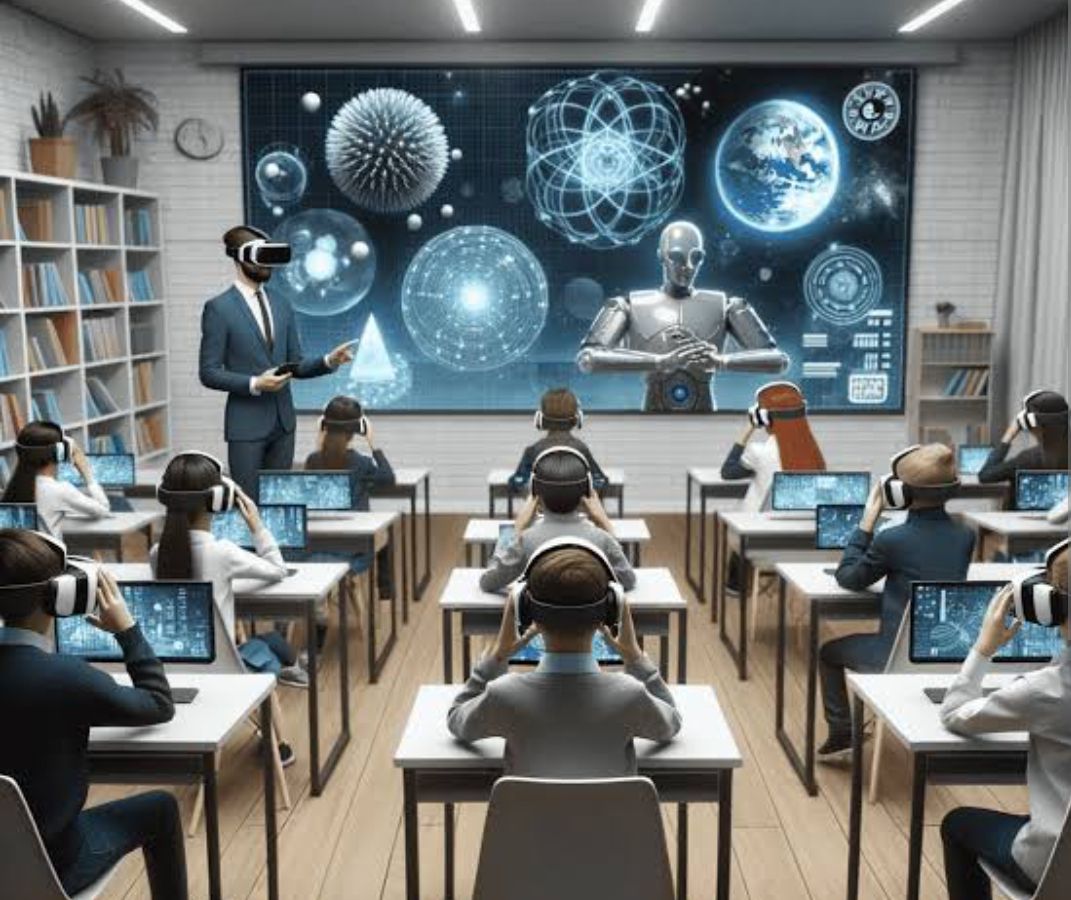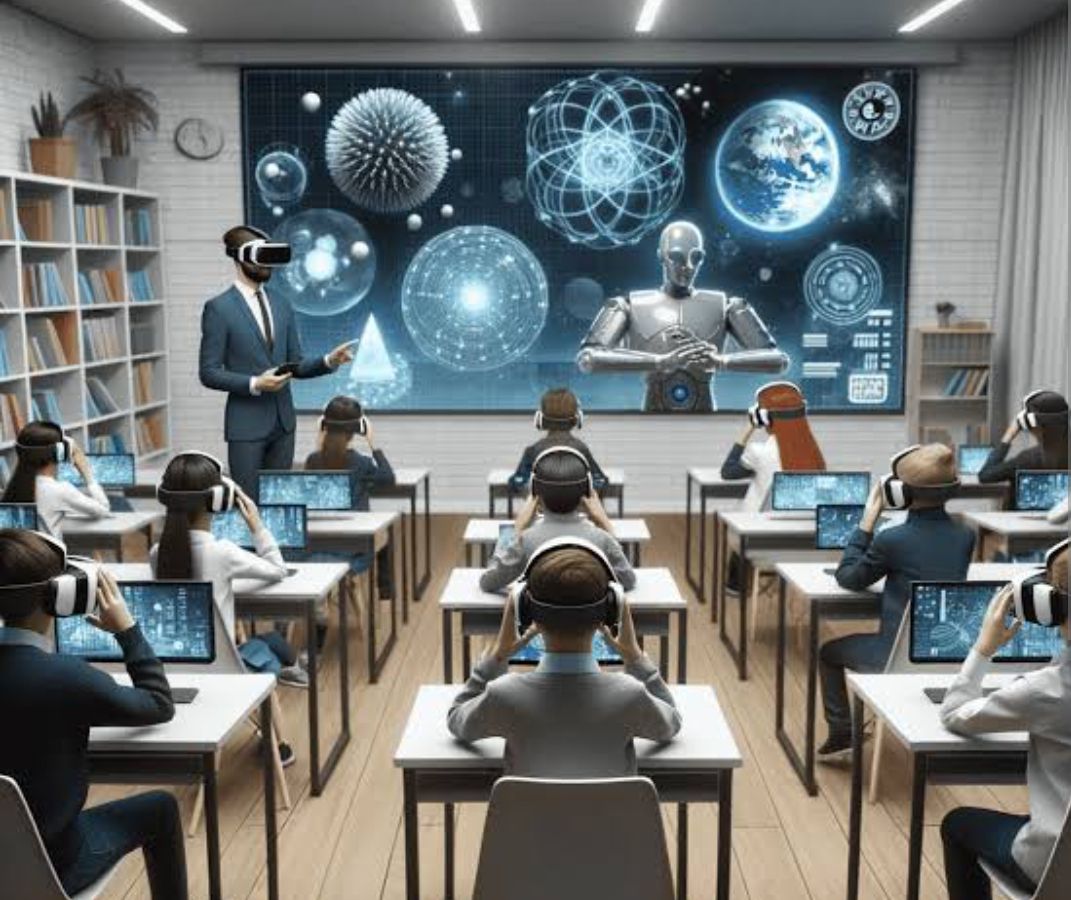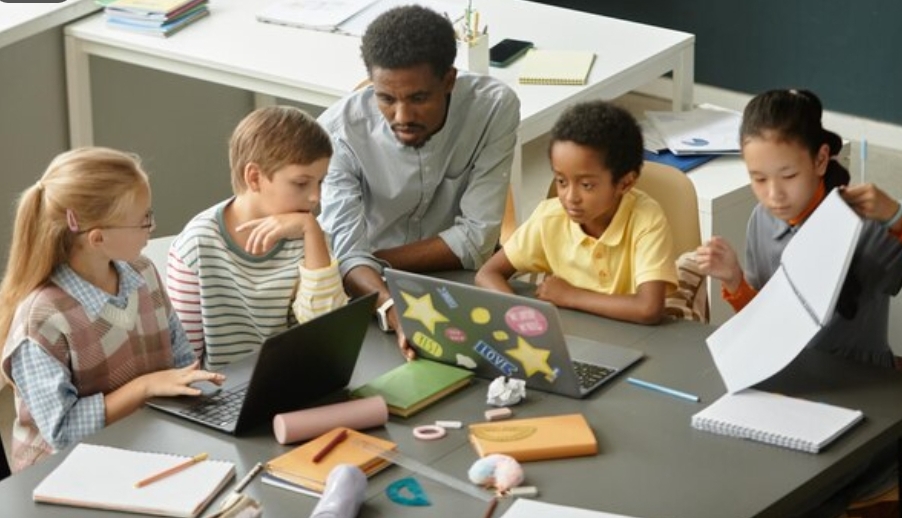
The digital age has revolutionized education, but nothing has created more buzz than Virtual Reality (VR). This cutting-edge technology is not just a futuristic concept but a present reality transforming classrooms worldwide. From immersive learning experiences to enhanced student engagement, VR is proving to be a game-changer. Let’s explore the profound benefits of VR in educational settings.
Immersive Learning Experiences
One of the most significant advantages of VR is its ability to create immersive learning environments. Students can explore historical sites, dive into the depths of the ocean, or travel through space—all without leaving the classroom. This level of immersion makes learning more engaging and memorable.
Enhanced Engagement and Motivation
Traditional learning methods often struggle to keep students engaged. VR changes this dynamic by making learning interactive and exciting. When students are immersed in a virtual world, their motivation and engagement levels soar. They become active participants rather than passive listeners.
Improved Understanding of Complex Concepts
VR can simplify complex concepts that are difficult to grasp through textbooks alone. For instance, in science education, students can visualize and interact with molecular structures or witness chemical reactions in a controlled virtual environment. This hands-on approach enhances comprehension and retention.
Real-World Applications and Simulations
VR allows students to practice real-world skills in a safe and controlled environment. Medical students can perform virtual surgeries, engineering students can build and test models, and language learners can engage in conversations with virtual native speakers. These simulations provide practical experience without the risks associated with real-life practice.
Accessibility and Inclusivity
VR can make education more accessible and inclusive. Students with disabilities can benefit from tailored VR experiences that accommodate their needs. For example, VR can provide customized learning environments for students with autism or allow physically disabled students to participate in activities they might not otherwise be able to.
Collaboration and Social Interaction
VR facilitates collaboration and social interaction among students. Virtual classrooms can bring together students from different geographical locations, fostering a sense of community and shared learning. Group projects and collaborative tasks become more interactive and enjoyable in a virtual setting.
Cost-Effective Field Trips
Organizing physical field trips can be logistically challenging and costly. VR offers a cost-effective alternative by allowing virtual field trips to museums, historical landmarks, and natural wonders. Students can explore these places in detail without the constraints of time, budget, or distance.
Future-Ready Skills
As VR becomes more integrated into various industries, familiarizing students with this technology prepares them for the future job market. Students gain valuable digital skills that are increasingly in demand, giving them a competitive edge in their careers.
Overcoming Language Barriers
VR can also assist in overcoming language barriers in education. With VR, students can engage in immersive language learning experiences, practicing vocabulary and conversation skills in a virtual environment. This interactive approach accelerates language acquisition and boosts confidence.
Conclusion
The benefits of VR in educational settings extend far beyond the classroom. By providing immersive, engaging, and interactive learning experiences, VR has the potential to transform education as we know it. From enhancing understanding of complex concepts to making learning more inclusive, VR is paving the way for a brighter, more innovative future in education.
Discover more about the exciting world of VR in education and other innovative learning strategies by subscribing to our newsletter. Stay updated with the latest trends and tips to enhance your educational experience.











